You might think your orange tabby is just showing off when he knocks over that carefully placed houseplant for the third time this week, but it turns out there’s something genuinely special about ginger cats beyond their fiery personalities. After more than a century of scientific puzzling, researchers have finally cracked the genetic code that makes orange cats so distinctly different from every other mammal on the planet.
The discovery is fascinating not just because it solves a longstanding mystery, but because it reveals a completely unique biological pathway that exists nowhere else in the animal kingdom. Let’s dive into what makes your orange companion truly one of a kind.
The Century-Long Mystery Finally Solved
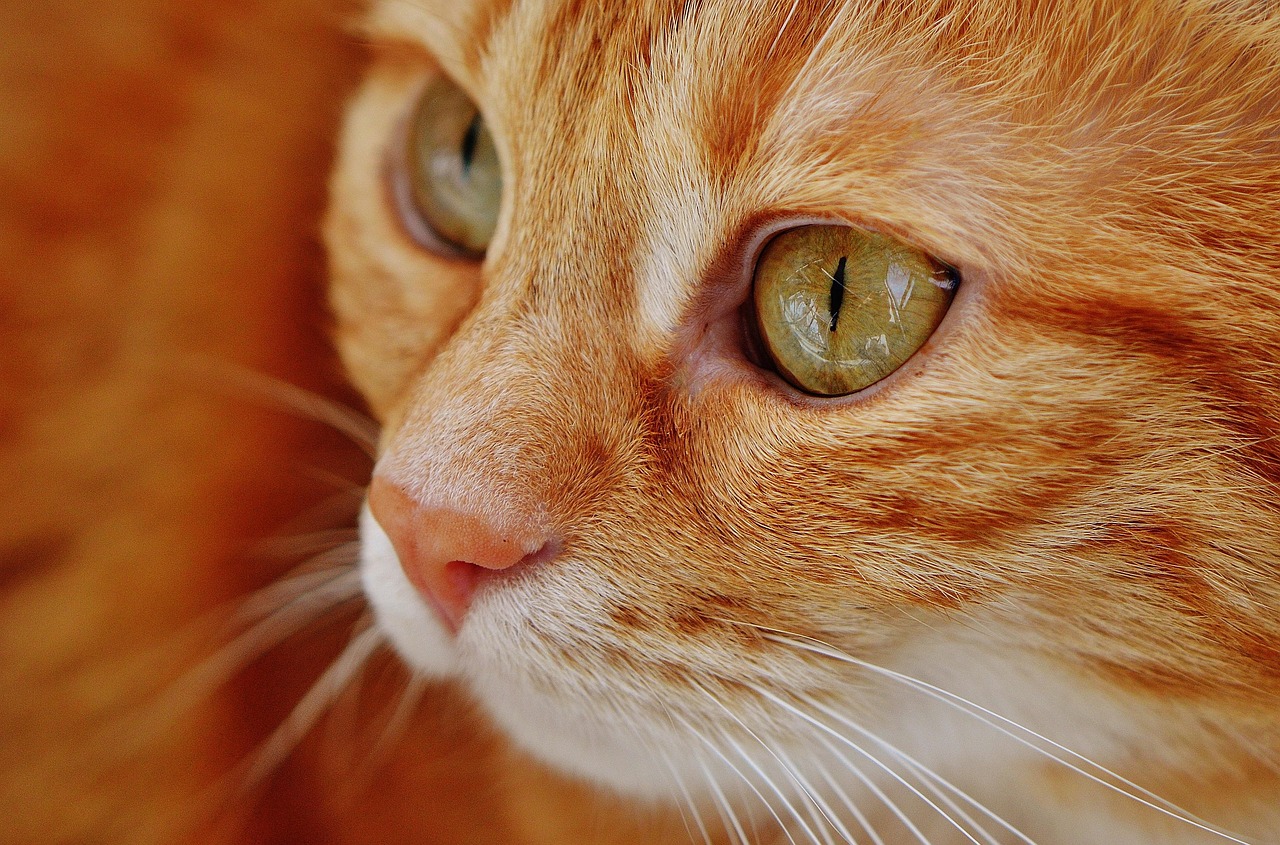
It’s a genetic exception that was noticed over a hundred years ago, according to Christopher Kaelin, the lead researcher from Stanford University who helped crack this puzzle. For decades, scientists knew orange cats were special because of their unusual inheritance patterns, but they couldn’t pinpoint exactly what made them ginger.
Scientists curious about those sex differences – or perhaps just cat lovers – have spent more than 60 years unsuccessfully seeking the gene that causes orange fur and the striking patchwork of colors in calicos and tortoiseshells. Now, two teams have independently found the long-awaited mutation and discovered a protein that influences hair color in a way never seen before in any animal.
The breakthrough came when researchers from Stanford University and Kyushu University in Japan independently arrived at the same conclusion using cutting-edge genomic tools that weren’t available to earlier generations of scientists.
A Completely Unique Genetic Pathway
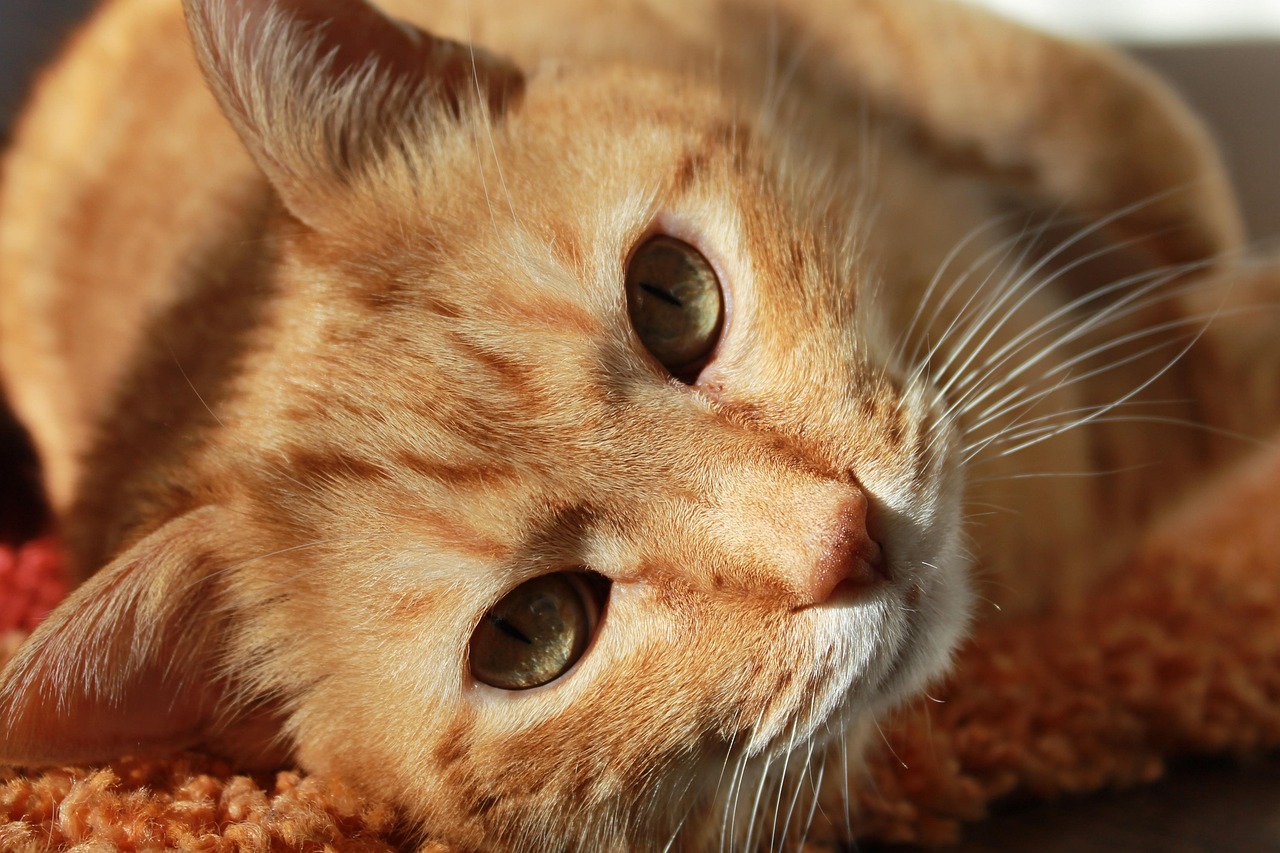
Melanocytes from orange cats, they found, made 13 times as much RNA from a gene called Arhgap36. The gene is located on the X chromosome, which led the team to think they had the key to orange color.
What makes this discovery remarkable is that the two papers, published concurrently on Thursday in Current Biology, reveal a remarkably unique genetic pathway that has never been seen in other felines – or any other mammals. While other mammals like humans can have red or orange hair, the mechanism behind orange coloring in cats is completely different.
Before these studies, researchers didn’t know Arhgap36 was involved with coloration; it’s mostly active in certain hormone-producing organs, like the pituitary gland. The gene’s role in ginger hues is unique to domesticated felines.
The X-Chromosome Connection Explained
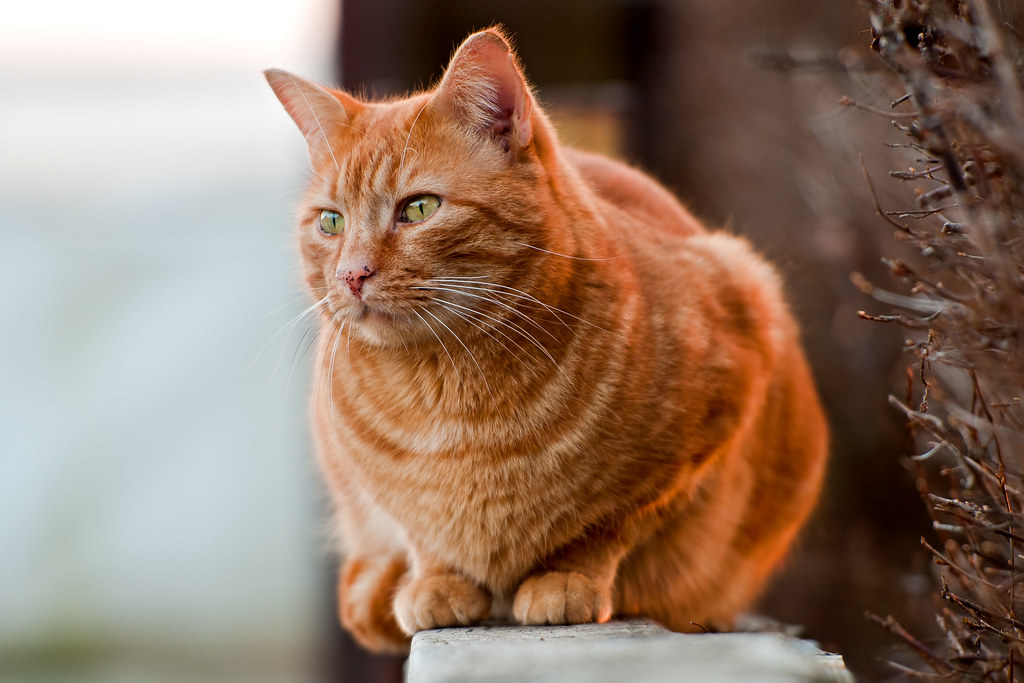
You’ve probably noticed that most orange cats are male, and there’s a fascinating genetic reason behind this pattern. Most orange cats are boys, a quirk of feline genetics that also explains why almost all calicos and tortoiseshells are girls.
They knew from the preponderance of male orange cats that the mutation – dubbed sex-linked orange – was somewhere on the X chromosome. (As in most mammals, females have XX while males have XY sex chromosomes.) Any male cat with sex-linked orange will be entirely orange, but a female cat needs to inherit sex-linked orange on both X chromosomes to be entirely orange – a less likely occurrence. Female cats with one copy of sex-linked orange appear partially orange – with a mottled pattern known as tortoiseshell, or with patches of orange, black, and white known as calico.
This genetic quirk means most orange cats are male, making female gingers quite rare and special.
How the Orange Magic Actually Works
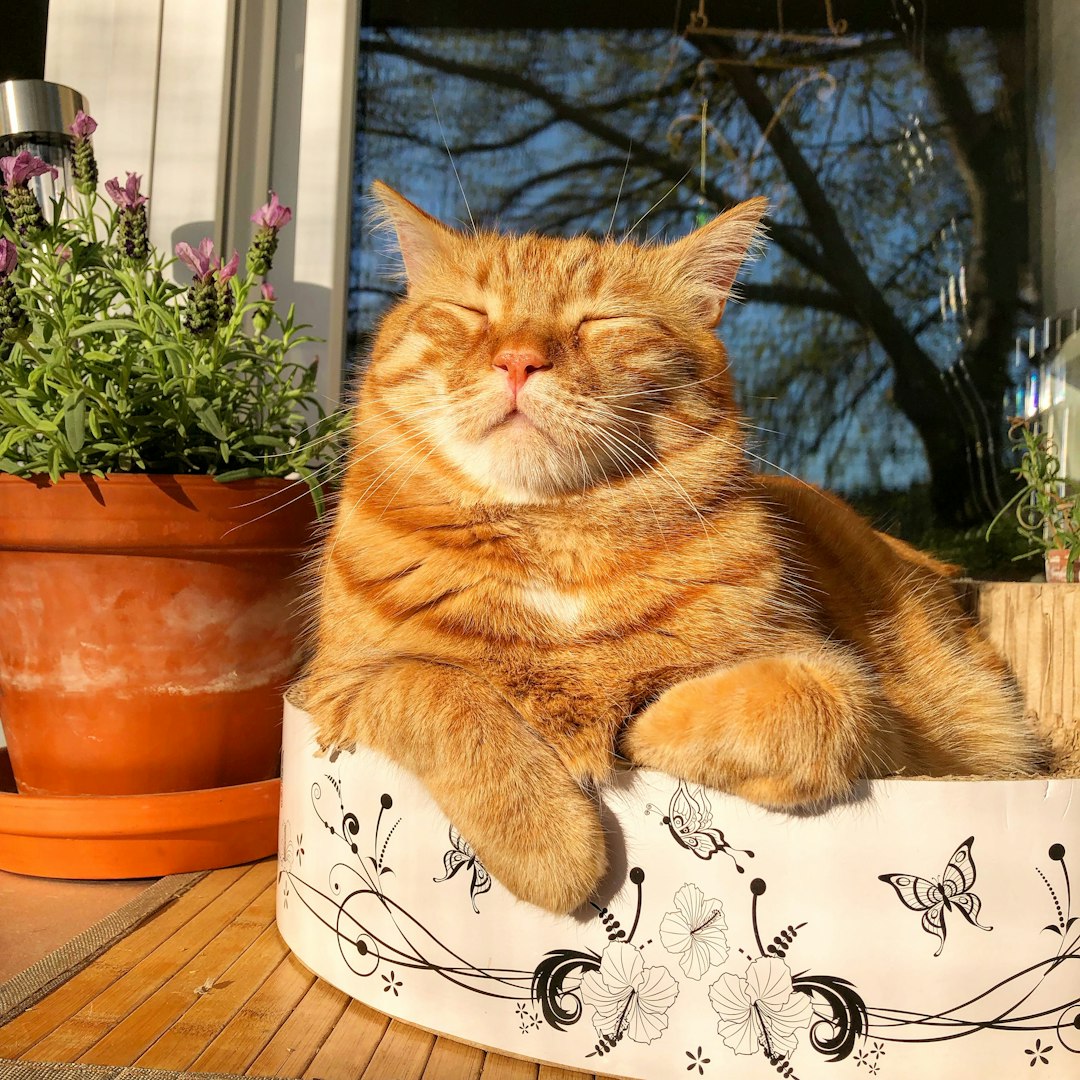
The mechanism behind orange coloring is surprisingly elegant. When the researchers looked at Arhgap36’s genetic sequence in orange cats, they didn’t find any mutations in the DNA that encodes the Arhgap36 protein. Instead, they found the orange cats were missing a nearby stretch of DNA that didn’t affect the protein’s amino acid components but might be involved in regulating how much of it the cell produced.
The researchers found cats with the orange mutation expressed higher levels of RNA from the Arhgap36 gene, specifically in pigment cells. They propose that the protein produced by this gene limits a step in the middle of the biological pathway behind coat color. In male cats, who typically have one X chromosome, the orange mutation means more Arhgap36 protein in pigment cells and activation of a pathway to produce reddish yellow pigment. By contrast, in male cats without the mutation, and less Arhgap36, pigment cells produce a different pigment that’s black or brown.
The Tortoiseshell and Calico Connection
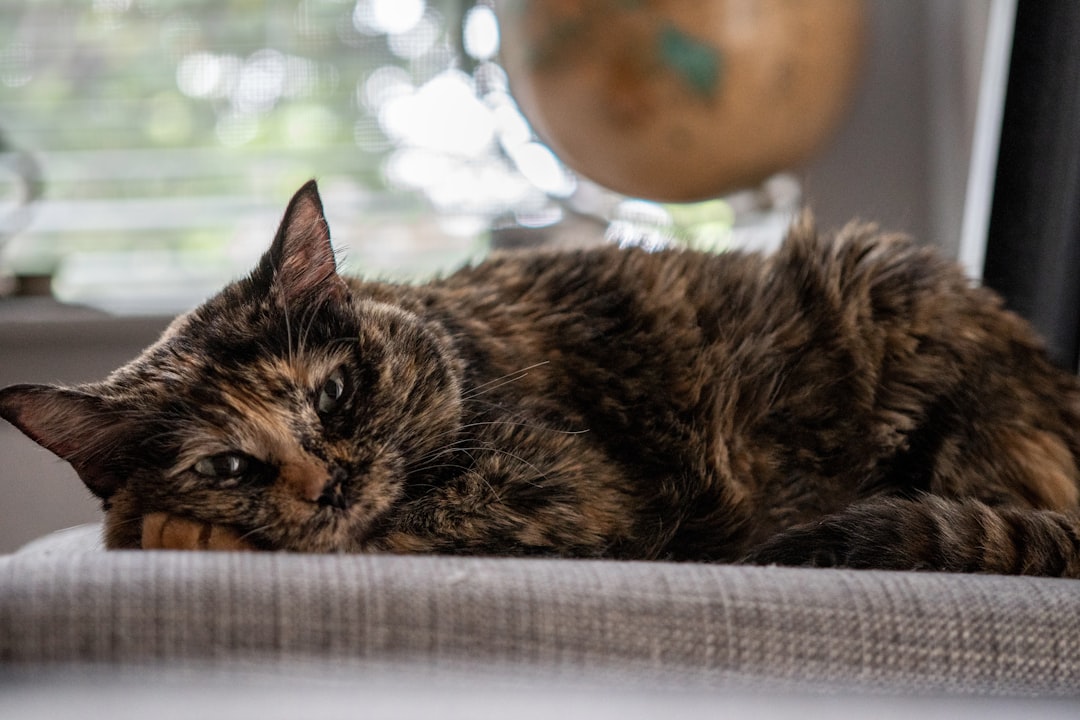
The same genetic mutation that creates solid orange males also explains the beautiful patchwork patterns you see in tortoiseshell and calico females. British geneticist Mary Lyon confirmed this theory in 1961 through the discovery of X-inactivation, wherein female mammals’ cells randomly switch off one of the two X chromosomes they inherited from their parents. If one of these happens to have the orange mutation, the process of X-inactivation will produce orange, brown or black patches depending on which X chromosome – orange or nonorange – is activated in that part of their skin. This will give the kitten an overall coat pattern that is either mottled orange and black (tortoiseshell) or a patchwork of orange, black and white (calico).
As a result, tortoiseshell cats end up with separate patches of black and orange fur depending on which chromosome was inactivated in that part of their skin. Calico cats add white fur into the mix because they have a second, unrelated genetic mechanism that shuts down pigment production in some cells.
This creates those stunning cats where each patch of fur literally represents a different genetic expression, making every tortoiseshell and calico a living mosaic.
Ancient Origins of Orange Cats
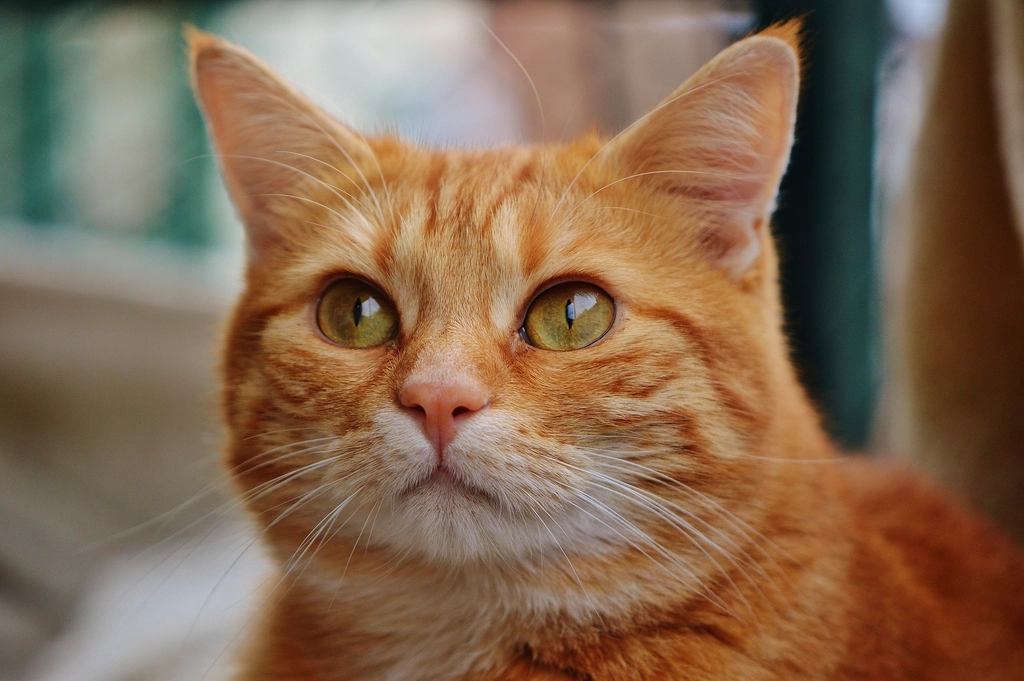
All orange cats from a global database of 258 kitties had the same deletion, while non-orange ones lacked it, so Sasaki suspects the trait was passed down from one ancestral cat. Kaelin, Barsh and their colleagues posit that the cat lived more than 900 years ago, though the exact timing remains speculative.
This is something that arose in the domestic cat, probably early on in the domestication process. We know that because there are paintings that date to the 12th century where you see clear images of calico cats. Some researchers even speculate that Ginger cats are evident in Egyptian tomb artworks and some mummified cats may have been gingers. So, orange is an ancient colour variety in domestic felines.
This suggests that orange cats have been charming humans for nearly a millennium, making them truly ancient companions.
The Personality Connection Mystery

While the internet is full of memes about orange cat behavior and their supposed shared brain cell, the science behind their personalities remains murky. It’s tempting to link a cat’s color to their personality, but science says there is no such thing as orange cat behavior. While numerous studies out there draw links between cat breeds and certain personality traits, analysis of these studies has found their conclusions are often flimsy at best.
However, there might be a biological connection worth exploring. These cells can also “differentiate into neurons and endocrine cells that produce catecholamines, which are known to control activity and excitability,” says Hiroyuki Sasaki, an emeritus professor and geneticist at Kyushu University in Japan, in an email. “It thus seems possible that the DNA mutation in the gene could cause changes in temperaments and behaviors,” says Sasaki.
He thinks orange cats’ reputation as friendly agents of chaos is more likely due to most of them being male. “There are not many scientific studies of the personality of orange cats,” he added.
What This Discovery Means for Science
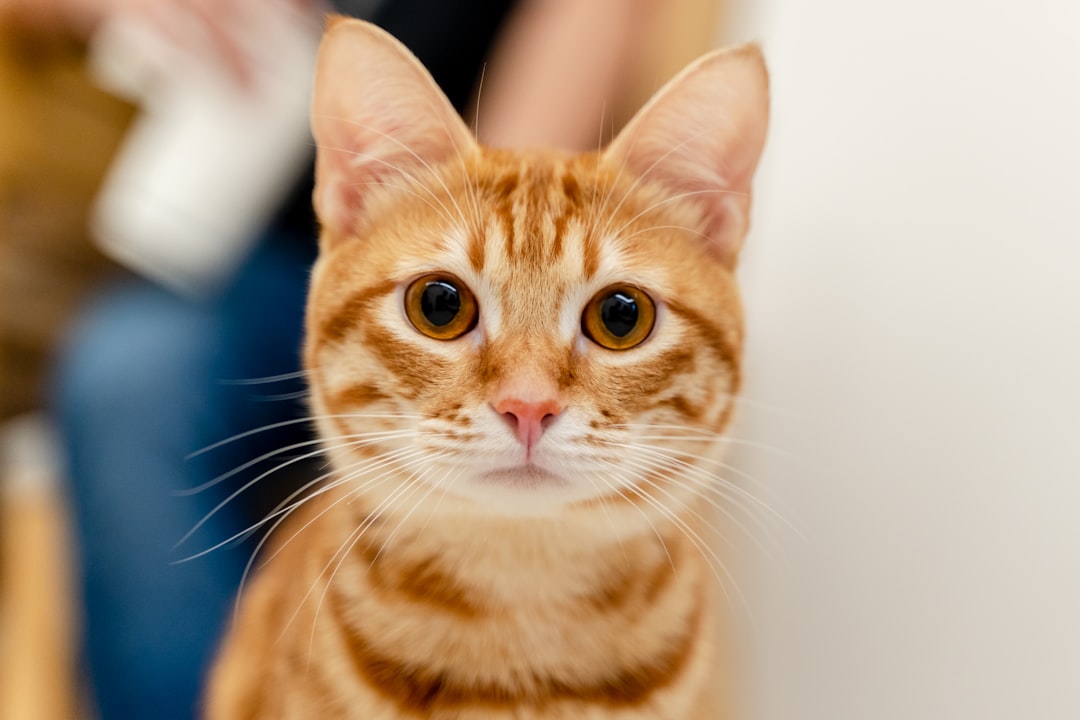
This breakthrough represents more than just solving a cute genetic puzzle. “Everything you need to know about genetics, you can learn from your cat,” says Leslie Lyons, a veterinary scientist specializing in cat genetics at the University of Missouri. Studying cats’ coat colors, for instance, has informed various aspects of modern genetics.
The discovery of the Arhgap36 pathway opens up new questions about how genes regulate traits in ways scientists never imagined. “The discovery of a new molecular pathway for hair color was unexpected,” she says, “but she’s not surprised how complex the interactions seem to be. ‘No gene ever stands by itself.'”
The investigation of felines’ orange coat color addresses broader questions about animal evolution and how gene regulation is encoded in the genome, potentially offering insights that could apply to other species and genetic conditions.
Conclusion
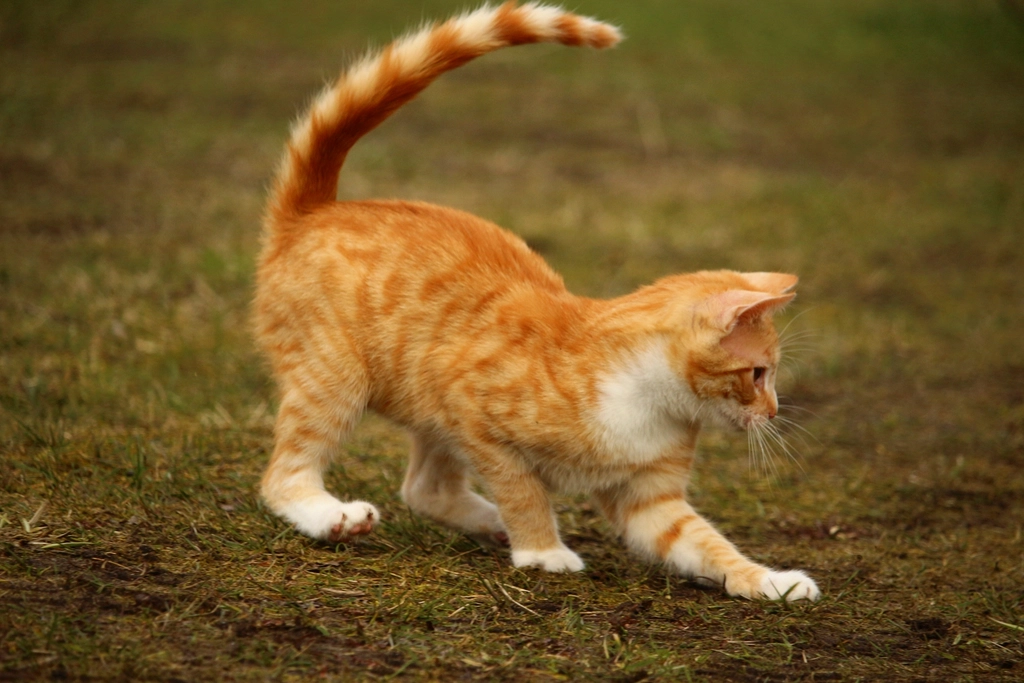
After more than a century of wondering, we finally understand what makes your orange tabby truly unique. The discovery of the Arhgap36 gene deletion reveals that orange cats possess a one-of-a-kind genetic mechanism that exists nowhere else in the mammalian world. From their ancient Egyptian origins to their complex inheritance patterns that create stunning tortoiseshells and calicos, orange cats represent a remarkable chapter in both feline genetics and evolutionary biology.
Whether your ginger buddy actually shares a brain cell with other orange cats remains scientifically unproven, but one thing is certain: they’re carrying around a genuinely unique piece of genetic history that makes them special in ways we’re only beginning to understand. What do you think about your orange cat being such a genetic marvel? Tell us in the comments.





